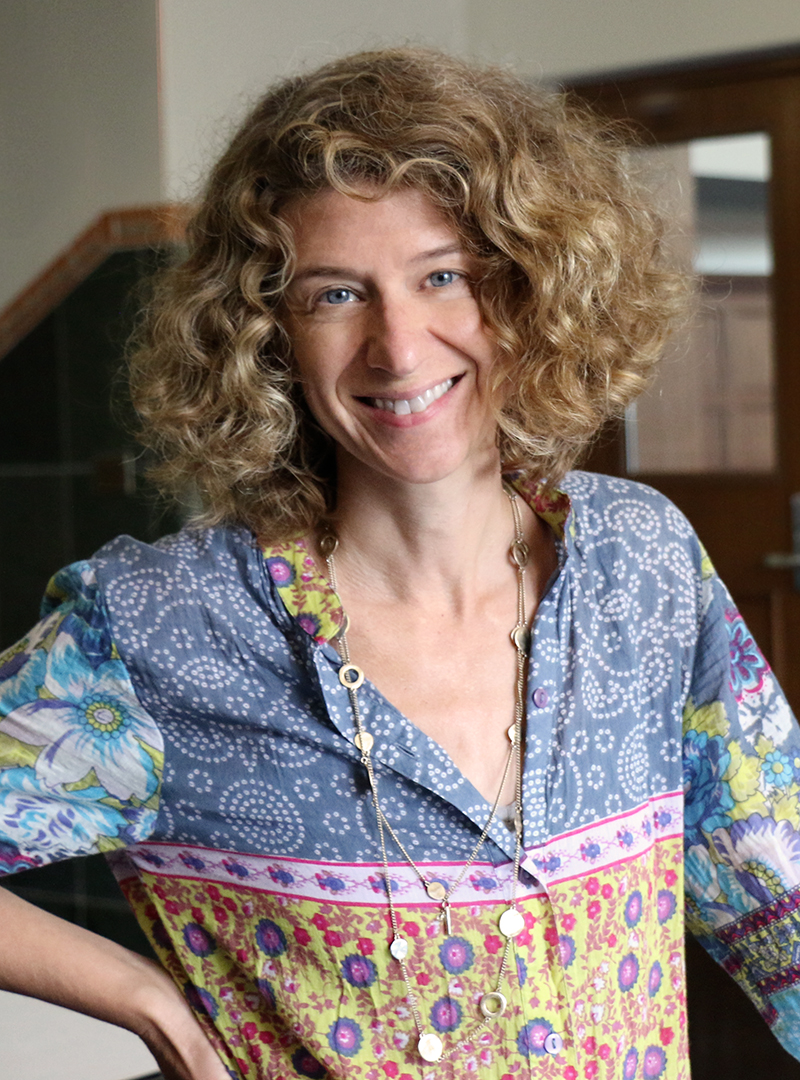
Britt Boler Hunter
History & Criticism of Art
Graduate

Department/Unit
Art History
Research Interests
Dr. Stephanie Leitch joined the faculty in 2007. Her current project The Art of Observation in the Early Modern Print focuses on the visual treatment of novelties and the organizational schemes invented to handle them in printed media. Visual impulses to document observations in new epistemic genres such as cosmographies, botanicals, and physiognomies tread a careful tightrope between naturalistic space and normative models. Challenging the canonical notion that Renaissance visuality was typically formalized in naturalistic space, printed genres developing informational aims frequently subordinated veristic concerns to documentary formulations. This project examines the surface tension endemic to print in the charting of cosmographic and geographic information, in the battle between particularity and convention in physiognomies and Kunstbücher, and in the rise of the visual conceit of anamorphosis to plot the multivalent contributions to new knowledge.
Her book Mapping Ethnography in Early Modern Germany: New Worlds in Print Culture (Basingstoke, UK: Palgrave Macmillan, 2010) locates a moment of relativistic and proto- ethnographic treatment of extra-Europeans in the print culture of early sixteenth century Augsburg. It identifies new visual thinking about humanity in the “new worlds” of America, Africa and Asia as the result of a productive exchange amongst artists Hans Burgkmair, Jörg Breu and humanists in their milieu. Their prints challenge both art historical and anthropological models to consider cross-cultural exchange in Renaissance print culture and argue for the role of visual culture in ethnography’s development. Mapping Ethnography in Early Modern Germany won the Roland H. Bainton prize for Art History in 2011.
Her new book project, The Art of Observation in the Early Modern Print (1500-1700), argues for the role of prints in constructing the physical and pictorial practices of observations in the early modern period. First-hand observations were both visualized and organized in images that sought to reproduce unmediated experience with the world. Prints in nascent epistemic genres helped cue observation, calibrate sightings, and thus, shaped and sharpened visual acuity. The prescriptions these images delivered for visually investigating human, terrestrial and cosmographic phenomena challenged enshrined knowledge by presenting how-to information arguably of more immediate concern to lay audiences—images that could help one spot a chicken thief by a close reading of physiognomies, locate oneself at sea by sighting celestial phenomena, gauge distances, or assist in the interpretation of prodigious occurrences. Aligning avenues of inquiry from art history and the history of science, this book scrutinizes the visual strategies at work in physiognomies, cosmographies, and natural histories to assess how they supported claims of first-hand experience.